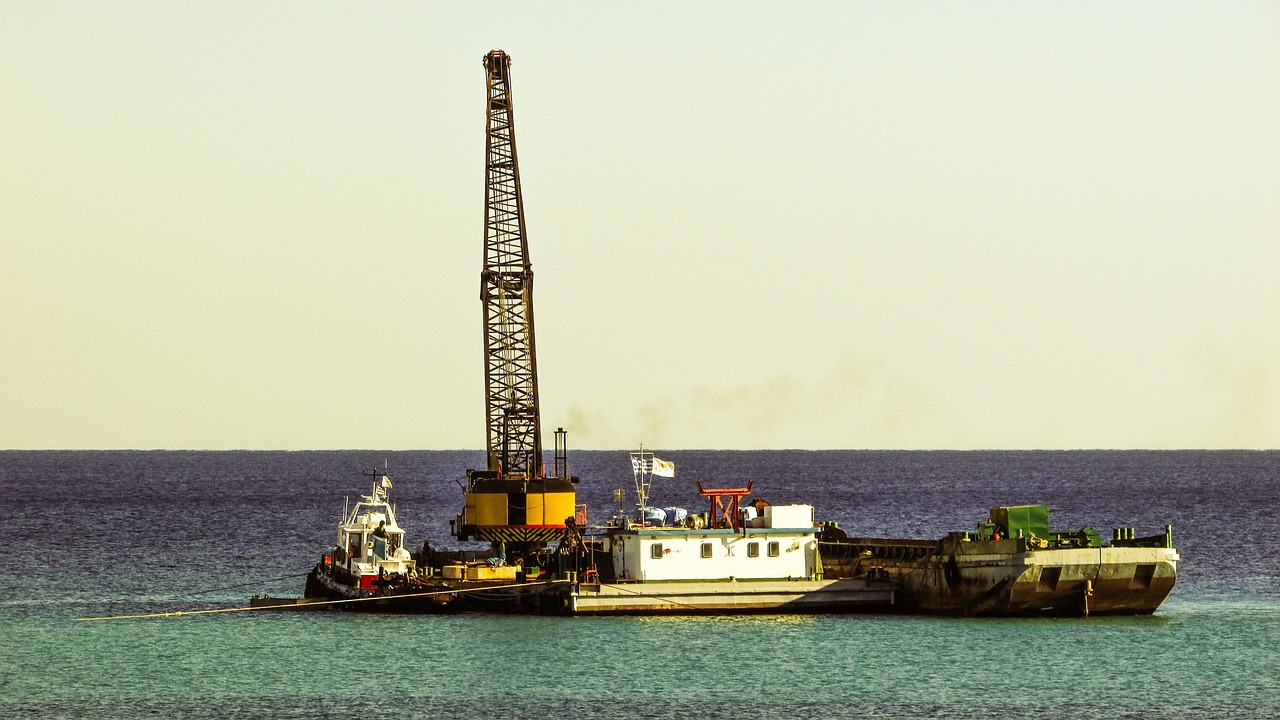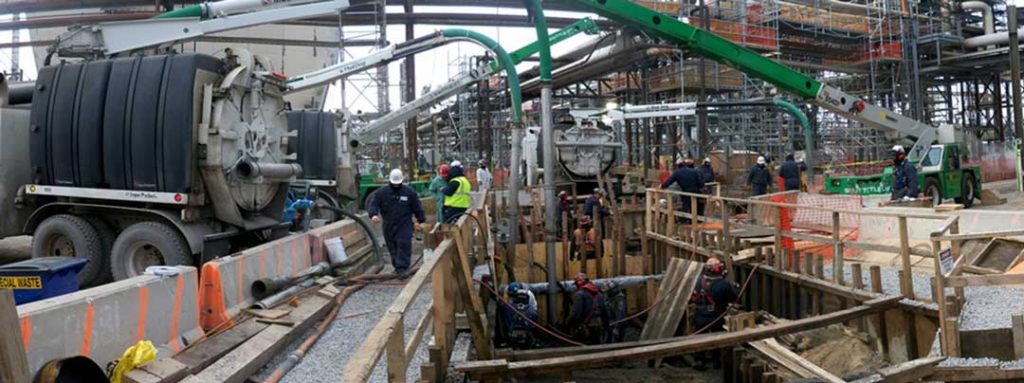SHORELINE RESTORATION AND CONTROL
Breakwaters are engineered to absorb wave energy through either a large mass or a revetment slope. Traditional erosion and barrier control methods, such as boulders and conventional concrete blocks, often become dislodged over time. This occurs because hydrodynamic wave forces can exceed the mass and stability of these simple shapes.
The primary objectives of a breakwater are to: bbsorb incidental swell, reduce wave overtopping, and minimize wave relfection.
A well-designed breakwater features a rough surface to dissipate energy and slow the water rising along its face. Additionally, incorporating an interlocking shape arrangement increases internal friction against natural forces, strengthening the structure over time.
In summary, breakwaters and coastal barriers composed of elements with projections provide both a rough external surface and a stable interlocking design, enhancing their durability and effectiveness.
CONTROL WITH TETRAPODS™
Breakwaters utilizing Mid-American’s Tetrapod™ technology dissipate wave energy by allowing water to flow around, rather than directly against, the structure. This innovative design reduces displacement by enabling a random distribution of Tetrapods™ that interlock and settle into a stable, linked configuration.
Tetrapods can be deployed in an armor layer or in a full-depth placement arrangement. The full-depth configuration allows water to pass through above the sediment layer, enhancing stability and reducing erosion.
A key advantage of Tetrapod barriers is their flexibility and ability to maintain hydraulic performance even after partial collapse. This intentional design feature allows Tetrapods to “key” together, creating a significantly stronger barrier that enhances erosion control and overall structural security. These qualities make our structures particularly effective for civil protection applications.
Hydraulic Dredging
Hydraulic dredging is a cost-effective underwater excavation process that gathers sediments for transport to other locations. This method plays a vital role in coastal protection, redevelopment, and maintaining navigable waterways. Offering greater flexibility than mechanical dredging, hydraulic dredging is particularly well-suited for challenging terrains.
Common hydraulic dredging applications include:
Waterway Maintenance
Ensuring navigability by removing obstructions.
Land Reclamation
Creating or restoring land by relocating sediments.
Coastal Redevelopment
Supporting shoreline stabilization and reconstruction.
Flood Prevention
Reducing flood risks through improved water flow management.
ENGINEERED SHORING
MAG specializes in the installation of Engineered Shoring for a wide range of customers and applications. Shoring solutions can be custom-built by our skilled carpenters or installed using pre-fabricated steel sheet pile walls and bulkheads, tailored to specific project requirements and soil conditions.
We adhere to all OSHA regulations and customer guidelines for depth-to-height ratios, ensuring the most effective and safe design based on all contributing factors.
MAG’s shoring capabilities include:
Pilings
Designed with precise width, height, and spacing for stability.
Double-Layer Shoring
Providing enhanced strength and durability.
Cross Bracing and Struts
Ensuring structural integrity under load.
Walers
Supporting horizontal stability.
Sheathing
Containing soil and preventing collapse.
Tie Backs
Providing additional reinforcement.
Concrete and Earth Deadman Anchors
Delivering reliable anchorage for long-term support.





